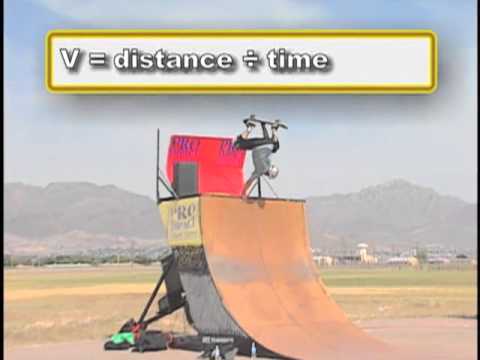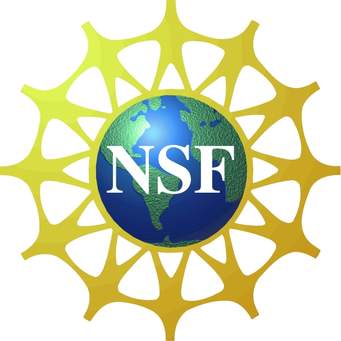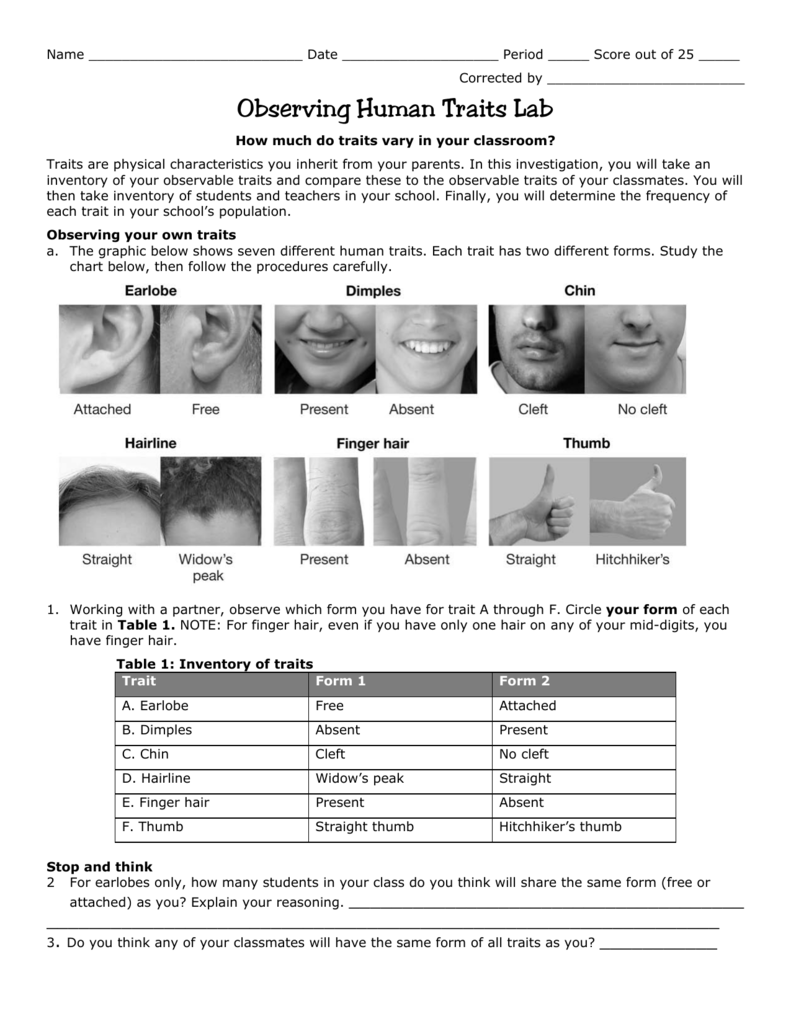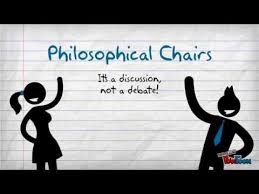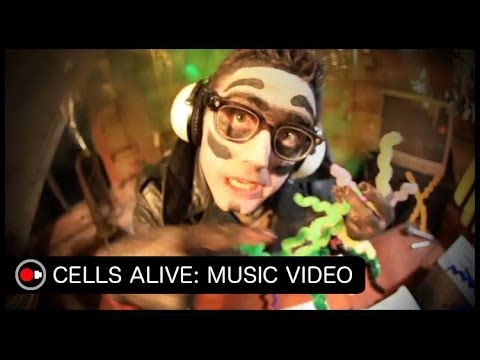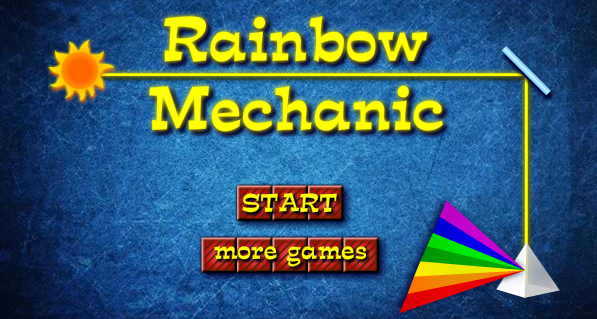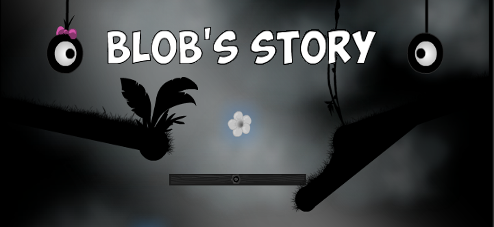7th Grade Units (Based upon Next Generation Science Standards):
ALT = Academic Learning Target; AST = Supporting Targets
Week 1
- Enrollment & class changes settle during the first week or two
- Getting To Know You (icebreaker activities)
- Create Safety Map, Take Safety Quiz
- Send Home Documents For Parental Signatures (safety contract & Edmodo permission slip)
- Classroom BINGO (to learn expectations & important features of the room)
- Decoupage Interactive Science Notebook
ALT 1 – Scientific Inquiry: I can design and conduct a scientific investigation with controlled variables that answers a scientific question with data.
- AST 1.1 – I can independently develop a testable question and hypothesis that can be scientifically investigated using data, identifying controls, independent and dependent variables, with progress toward little or no support.
- Viscosity Lab
- AST 1.2 – I can design a logical and safe experiment and clearly communicate my procedure.
- Viscosity Lab
- AST 1.3 – I can collect and present relevant data in an organized way and create graphs when appropriate, with limited support.
- Viscosity Lab
- AST 1.4 – I can analyze data and/or observations and give evidence based explanations and identify obvious sources of error. I can communicate my results and suggest improvements.
- Viscosity Lab
ALT 2 – Engineering Design: I can design, construct, test and evaluate a simple solution to a defined problem using appropriate tools and materials.
- AST 2.1 – I can define the criteria and constraints of a design problem with sufficient precision to ensure a successful solution, taking into account relevant scientific principles and potential impacts on people and the natural environment that may limit possible solutions. (MS-ETSI-1)
- Design an Earthquake Resistant Structure
- Design a Rocket to Mars Using Newton’s Laws
- AST 2.2 – I can evaluate competing design solutions using a systematic process to determine how well they meet the criteria and constraints of the problem. (MS-ETSI-2)
- Design an Earthquake Resistant Structure
- Design a Rocket to Mars Using Newton’s Laws
- AST 2.3 – I can analyze data from tests to determine similarities and differences among several design solutions to identify the best characteristics of each that can be combined into a new solution to better meet the criteria for success. (MS-ETSI-3)
- Design an Earthquake Resistant Structure
- Design a Rocket to Mars Using Newton’s Laws
- AST 2.4 – I can develop a model to generate data for iterative testing and modification of a proposed object, tool, or process such that an optimal design can be achieved. (MS-ETSI-4)
- Design an Earthquake Resistant Structure
- Design a Rocket to Mars Using Newton’s Laws
ALT 3 – Landform Change: I can explain and model how the Earth’s surface changes over time.
- AST 3.1 – Scientific Inquiry: I can design and conduct a scientific investigation with controlled variables that answers a scientific question with data.
- Viscocity Lab
- AST 3.2 – Engineering: I can design, construct, test, and evaluate a simple solution to a defined problem using appropriate tools and materials.
- Create earthquake resistant structures.
- AST 3.3 – Informational Text: I can read and use informational texts about landform change to answer relevant questions.
- Advise the U.S. President after multiple, simultaneous, super-volcanoe eruptions.
- AST 3.4 – I can develop a model to describe the cycling of water through Earth’s systems driven by energy from the sun and the force of gravity. (MS-ESS2-4)
- Water Cycle Poster
- Water Cycle Game of Tag
- Water Cycle Creative Writing
- Water Cycle in a Bag
- AST 3.5 – I can develop a model to describe the cycling of Earth’s materials and the flow if energy that drives this process. (MS-ESS2-1)
- AST 3.6 – I can construct an explanation based on evidence for how geoscience processes have changed the Earth’s surface at varying time and scales. (MS-ESS2-2)
- Continental Drift Song
- Continental Drift Rap
- Seafloor Spreading Model
- Oobleck glacial movement lab
- Stream table lab
- Continental Drift Essay (Look at various pieces of evidence first: fossils; jigsaw puzzle shapes of continents; salt & coal mines; mountain strata; etc…)(Provide ample scaffolding for writing an essay)
- W.E.D. Kahoot
- AST 3.7 – I can analyze and interpret data on natural hazards to forecast future catastrophic events and inform the development of technologies to mitigate their effects. (MS-ESS3-2)
- Letter of Counsel to the U.S. President
ALT 4 – Weather, Climate & Human Impact: I can evaluate natural processes and human activities that affect global environmental change.
- AST 4.1 – Scientific Inquiry: I can collect data to provide evidence for how the motions and complex interactions of air masses result in changes in weather conditions. (MS-ESS2-5)
- AST 4.2 – Engineering: I can design, construct, test, and evaluate a simple solution to a defined problem using appropriate tools and materials.
- AST 4.3 – Informational Text: I can read and use informational texts about weather, climate, and human impact to answer relevant questions.
- AST 4.4 – I can develop and use a model to describe how unequal heating and rotation of the Earth causes patterns of atmospheric and oceanic circulation that determine regional climates. (MS-ESS2-6)
- AST 4.5 – I can construct an argument supported by evidence for how increases in human population and per-capita consumption of natural resources impact Earth’s systems. (MS-ESS3-4)
- AST 4.6 – I can construct a scientific explanation based on evidence for how the uneven distributions of Earth’s mineral, energy, and groundwater resources are the result of past and current geoscience processes. (MS-ESS3-1)
- AST 4.7 – I can ask questions to clarify evidence of the factors that have caused the rise in global temperatures over the past century. (MS-ESS3-5)
- An Inconvenient Truth
- AST 4.8 – I can apply scientific principles to design a method for monitoring and minimizing a human impact on the environment. (MS-ESS3-3)
ALT 5 – Cellular Process and Heredity: I can explain and model the process that help cells grow and pass traits from one generation to the next.
-
- Make a Paper Model of DNA
- Extract DNA
- Mitosis Song
- Mitosis Dance
- Mitosis vs. Meiosis Video
- Meiosis Poster
- Bikini Bottom Genetics
- Phenotype Rap
- Snork RNA Translation
- AST 5.1 – Scientific Inquiry: I can design and conduct a scientific investigation with controlled variables that answers a scientific question related to cell processes and heredity.
- AST 5.2 – Engineering: I can design, construct, test, and evaluate a simple solution to a defined problem using appropriate tools and materials.
- AST 5.3 – Informational Text: I can read and use informational texts about growth and the passing of traits in organisms to answer relevant questions.
- AST 5.4 – I can construct a scientific explanation based on evidence for the role of photosynthesis in the cycling of matter and flow of energy into and out of organisms.
- AST 5.5 – I can develop a model to describe how food is rearranged through chemical reactions forming new molecules that support growth and/or release energy as this matter moves through an organism.
- AST 5.6 – I can develop and use a model to describe why asexual reproduction results in offspring with identical genetic information and sexual reproduction results in offspring with genetic variation.
- Investigating Reproductive Strategies
- Asexual vs. Sexual Reproduction PowerPoint
ALT 6 – Forces & Interactions: I can identify and describe types of motion and forces and relate forces qualitatively to the laws of motion and gravitation.
- AST 6.1 – Scientific Inquiry: I can plan an investigation to provide evidence that the change in an object’s motion depends on the sum of the forces on the object and the mass of the object. (MS-PS2-2)
- AST 6.2 – Engineering: I can apply Newton’s Third Law to design a solution to a problem involving the motion of two colliding objects. (MS-PS2-1)
- AST 6.3 – Informational Text: I can read and use informational texts about forces and motion to answer relevant questions.
- AST 6.4 – I can analyze the patterns of different types of motion, including: speed, velocity, and acceleration.
- AST 6.5 – I can identify and describe different types of forces and how they affect motion, including: friction, mass (Newton’s), balanced and unbalanced.
- AST 6.6 – I can construct an explanation that describes how Newton’s Laws best predicts the motion of an object at a given time.
ALT 7 – Waves & Electromagnetic Radiation: I can use mathematical representations and develop models to describe the properties of waves.
- AST 7.1 – Scientific Inquiry: I can design and conduct a scientific investigation with controlled variables that answers a scientific question with data.
- AST 7.2 – Engineering: I can design, construct, test, and evaluate a simple solution to a defined problem using appropriate tools and materials.
- AST 7.3 – Informational Text: I can read and use informational texts about waves and electromagnetic radiation to answer relevant questions.
- AST 7.4 – I can develop and use a model to describe that waves are reflected, absorbed, or transmitted through various materials. (MS-PS4-2)
- AST 7.5 – I can use mathematical representations to describe a simple model for waves that includes how the amplitude of a wave is related to the energy in a wave. (MS-PS4-1)
- AST 7.6 – I can integrate qualitative scientific and technical information to support the claim that digitized signals are a more reliable way to encode and transmit information than analog signals.

